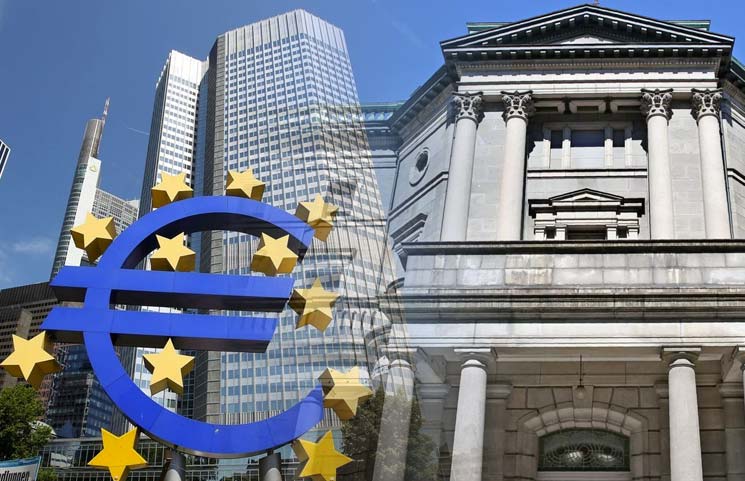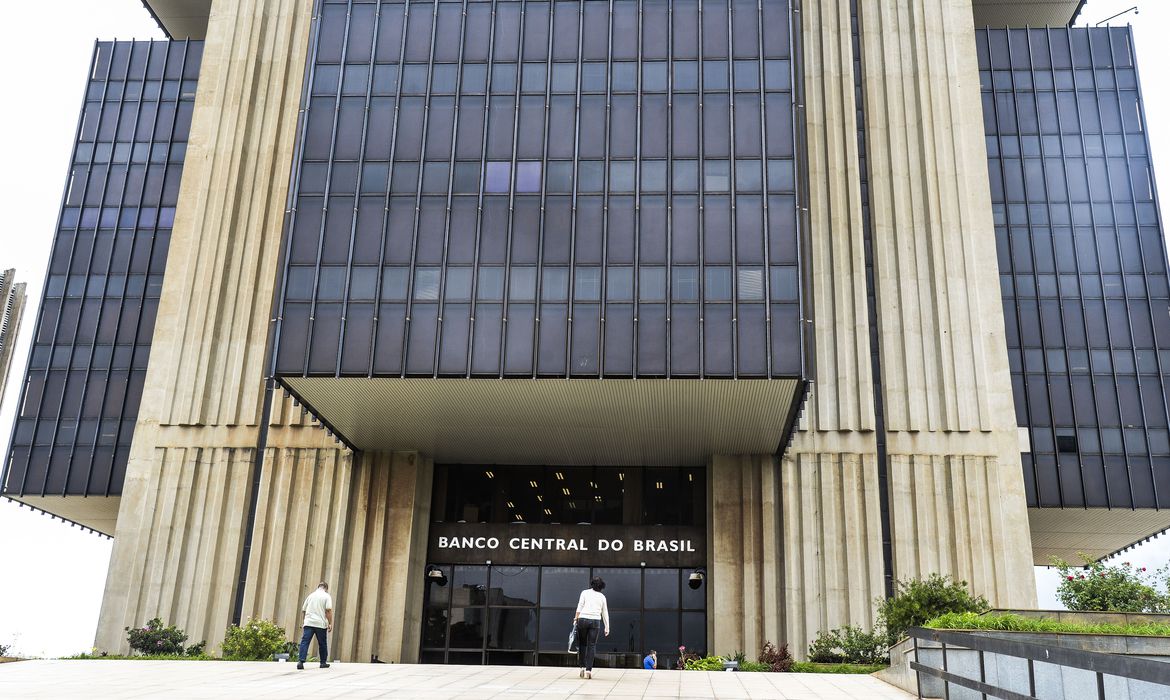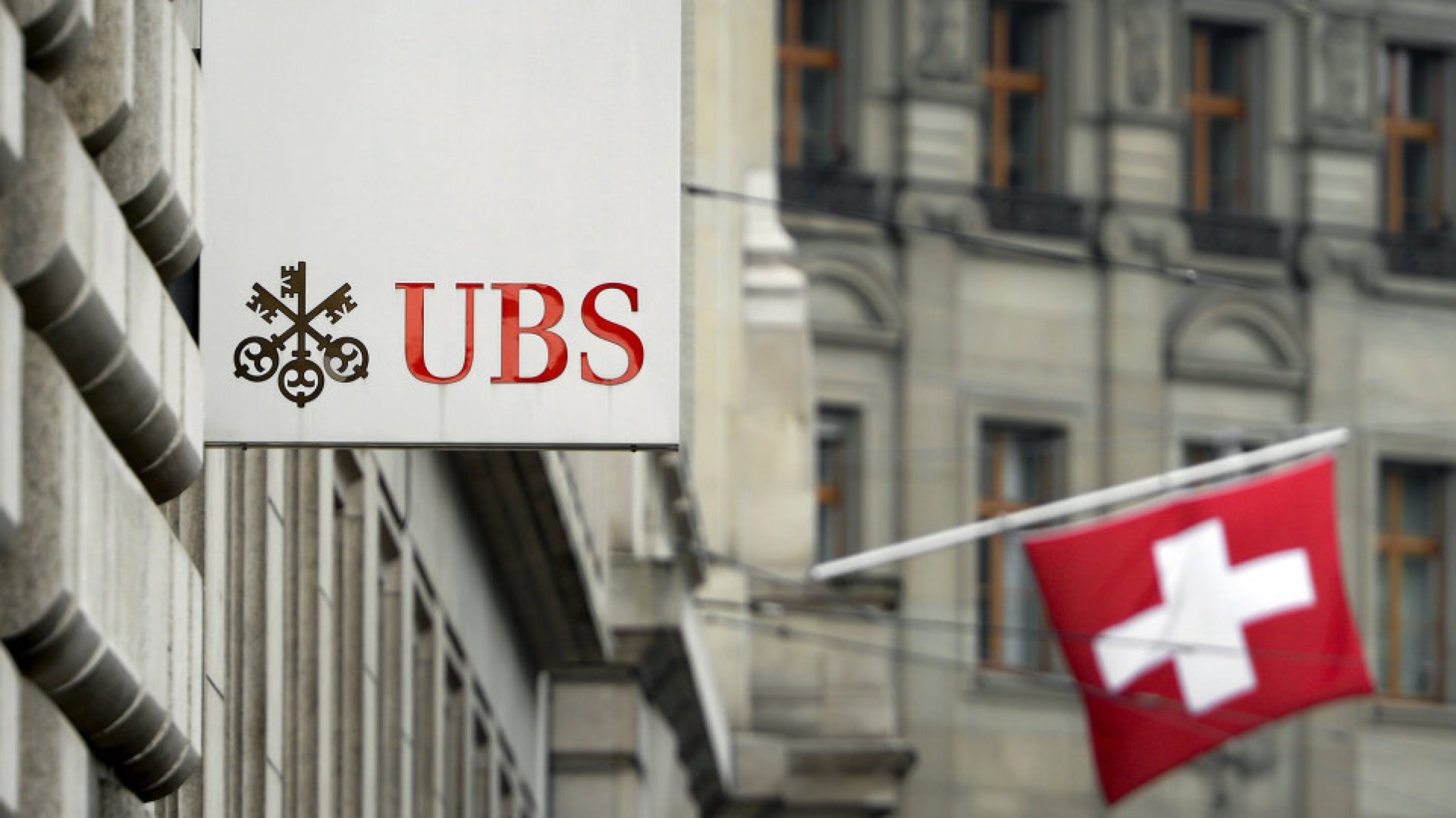RIO DE JANEIRO, BRAZIL – With an eye on the consequences of the coronavirus epidemic on the global economy and particularly on Brazilian activity, a number of financial institutions are starting to review their base scenarios by introducing new cuts in the basic interest rate, although the official market forecast continues to point to a stable SELIC at 4.25 percent a year in December.

Novus Capital is part of this group, with the reduction of the projected SELIC in 2020 from four to 3.5 percent a year, with three cuts of 0.25 percentage points. The change was made after the Federal Reserve (the American central bank) announced that it is monitoring the epidemic and that it will be able to act appropriately if required.
Currently, the Japanese and European central banks have also signaled new actions to ensure financial stability in the midst of the outbreak.
To discuss potential emergency measures for countries affected by the virus, the Eurogroup, an informal group that includes finance ministers from European Union countries, has scheduled a teleconference with economic ministers for Wednesday, March 4th.
According to Luiz Eduardo Portella, Novus’ partner and fixed-income portfolio manager, with a more restrained growth in global economic activity, new cuts in US interest rates are expected, a trend that is likely to be passed on to Brazil.
The meetings of the Monetary Policy Committee (COPOM ) and the Federal Open Market Committee (FOMC) of the Brazilian and American central banks will take place on March 17th and 18th and will decide the direction of interest rates in both countries.
For 2021, Portella expects the basic interest rate to be around five percent a year. “If it goes up again, it will be good news. With the monetary incentive from central banks and stronger activity, interest rates could rise again,” he says.
In an interview, Márcio Appel, partner and founder of Adam Capital, said earlier that the combination of low economic growth, inflation under control and the expected impacts of the spread of the coronavirus should lead the Central Bank to further reduce interest rates in Brazil.
“There is no reason for the Central Bank to stop cutting interest rates. All the variables suggest this,” he said. “A pace of reduction of 0.25 by 0.25 percentage point seems adequate.”

Under the influence of abroad
At Occam, faced with a more uncertain scenario for the world’s economies, the prospect of maintaining the SELIC was also reviewed downwards, from 4.25 to 3.25 percent a year.
“The downward revision of global and domestic activity, with well-behaved inflation in Brazil and an international environment of interest cuts, will lead the Central Bank to cut the SELIC again,” says Pedro Dreux, macro manager at Occam.
Among the main triggers for additional cuts in the SELIC, Dreux points out the coordinated action of the world central banks, which have been signaling a monetary relaxation since Friday.
The manager points out that the US interest curve currently calls for a 0.50 percentage point cut in basic interest rates at the next meeting, and believes that the Brazilian Central Bank would follow the trend in the same magnitude, bringing the SELIC down to 3.75 percent this month.
Considering this perspective, Occam chose to shorten the duration (minimum average investment term) of its positions, previously positioned in the longest part of the yield curve, focusing in the potential appreciation of securities with shorter maturities.
Another house that has been operating with the expectation of lower interest rates this year is UBS, expecting another SELIC cut to four percent. In early February, the bank reviewed the forecast for Brazilian GDP growth this year from 2.5 to 2.1 percent but increased the projection for the 2021 growth from 2.5 to 2.8 percent.

Could caution prevail?
However, there is a part of the market that continues betting on a more conservative Central Bank, at least for the time being.
According to Marcelo Giufrida, partner and CEO of Garde Asset Management, the Central Bank should remain cautious, needing a major break for changes in direction.
“Looking only at inflation, it would have room to cut interest rates. But the Central Bank has placed itself in a more cautious situation so as not to make a short-term move, so I believe it would tend to wait a little longer for data to take a position,” says Giufrida.
Garde maintains expectations of the SELIC stable at 4.25 percent a year in 2020 but should monitor the situation, particularly the central banks’ next steps, although Giufrida points out that the Brazilian Central Bank is somewhat outside the circle of other monetary authorities.
The head of the house, the D’Artagnan multi-market has today a strategic position that is more focused on the stock market than on interest rates and, according to the manager’s CEO, the sharp drop in assets last week was used to reinforce positions in shares already held by the fund. “The situation is very fluid, we do not want to take very large positions without clarity”.
Solange Srour, chief economist at ARX Investments, also did not change the scenario of a stable SELIC at 4.25 percent this year, but unlike Giufrida, believes that if there is coordinated action by the central banks, it will be difficult for the Brazilian monetary authority to remain immune.
However, she believes that it will not be new interest cuts that will help the economy take off, but rather the political aspect, with the progress of the reform agenda in Congress. “In a political environment as stationary as the one we are experiencing and with questions about what is to come, the action of the Central Bank would be innocuous”.
While inflation expectations for this and next year’s fiscal year remain benign, the economist is concerned about the escalation of the US currency. “I don’t see the dollar rising from R$3.80 to R$4.50 and a pass-through equal to zero. At some point, this will show up in inflation, which would lead the Central Bank to be more cautious,” she says.
Source: InfoMoney

